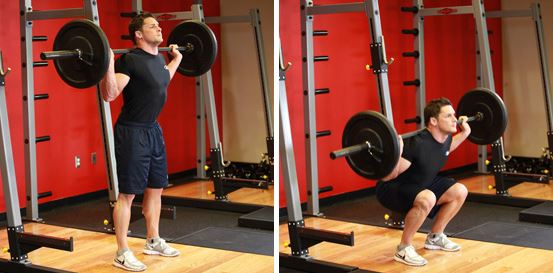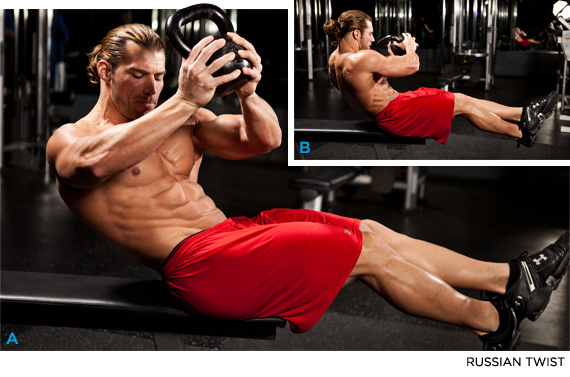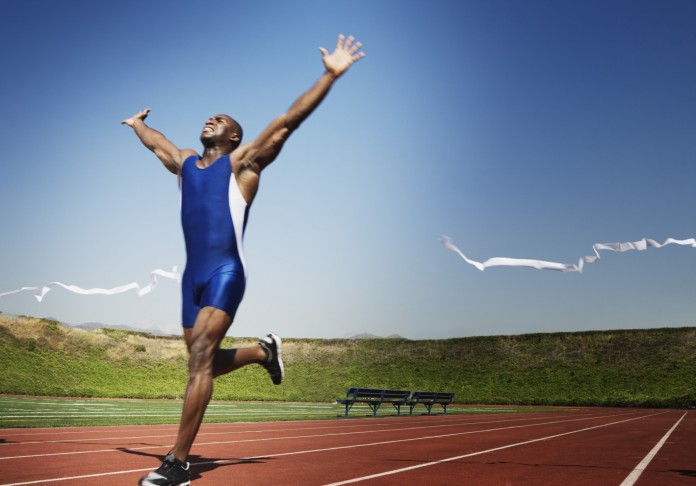Nearly 50 percent of recreational runners who participate in distance running end up with a running injury each year. And 82 percent of them suffer such injury in their lifetime. Definitely, we admire every runner out there waking up in wee hours to get in a run and pushing through built-up lactic acid for the last km. But pushing through a stubborn pain or injury is hardly a solution right?
Weightlifters have significantly different physiques as runners. They also use different energy pathways to drive their workout. While we’re not saying that you should be rapidly stacking up weights, including strength training into your training regime would allow you to reap the benefits of both worlds.
#1 Work your leg muscles
For runners, your quads, hamstrings, ankle and hip flexibility are clearly going to be most essential. Starting with a squat would help with just that. However, squat can be really damaging to your lower back and knees if not done well. There are kinetic checkpoints to watch out for: a) Your knees should be in line with your toes and pointing forward; b) Your upper body should be upright and; c) Your back should be in neutral. The best way would be to have a professional have spot you and watch your form.

#2 Work your lower back
When you’re at your 35km mark, your upper body might collapse forward due to weariness. When you’ve been at your computer the entire day before the run, your head might be arched forward. All these just add more weight to what your lower back might already be holding up. This makes it really, really important to strengthen the lower back. One exercise would be deadlift. Similarly, be sure to check the proper form online and have a partner spot you if this is your first time.
#3 Work your core stability

This refers to how you maintain your upper body stability with respect to your lower body. When you run, there’s a lot of hip rotation going on. Instead of pitching forward or arching your back, you should be able to maintain rotational stability. Otherwise, inhibiting your core muscles, would in turn restricts your hips and ultimately, your leg movements. A Russian Twist demands that you rotate your abdominal muscles while maintaining trunk stability in all other planes.
Our body works as a kinetic chain. To become a truly strong runner, working other parts of your kinetic chain (and not just your legs!) is just as important. More than just a virtue, strength is needed to ace your next race!


